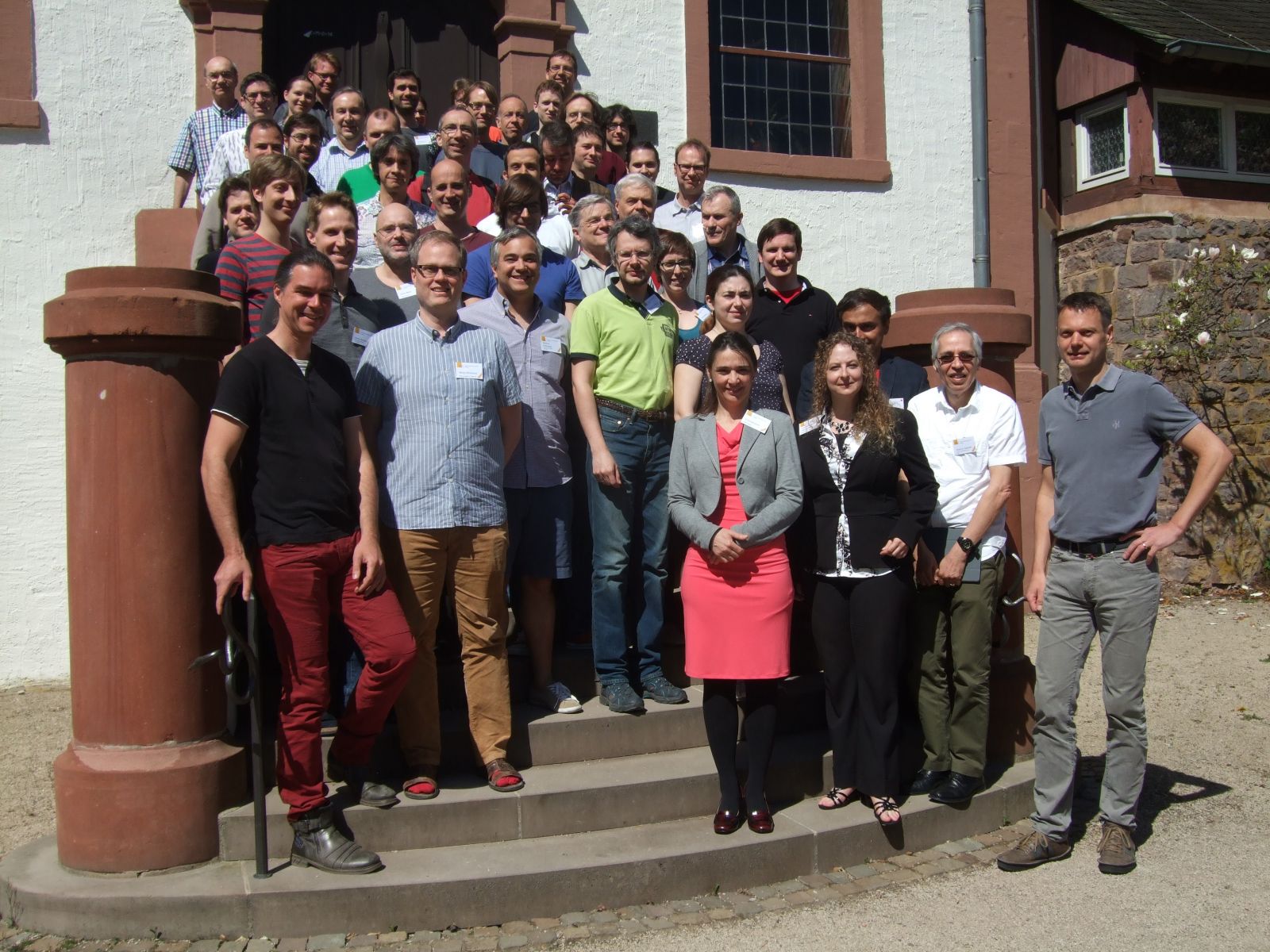Dagstuhl Seminar 15171 on the “Theory and Practice of SAT Solving” tackled one of the most fundamental computational questions: proving logic formulas. The seminar brought together the fields of SAT solving and proof complexity to explore questions of both theoretical and practical interest in designing real-world complex systems, citing examples from hardware and software verification, electronic design automation, artificial intelligence research, cryptography, bioinformatics, operations research, and railway signalling systems. The seminar explored this interdisciplinary space, considering questions like, “Can Proof Complexity Shed Light on Crucial SAT Solving Issues?”
Professor Kristin Yvonne Rozier contributed a seminar on “Linear Temporal Logic Satisfiability Checking,”
Abstract:
Formal verification techniques are growing increasingly vital for the development of safety-critical software and hardware. Techniques such as requirements-based design and model checking have been successfully used to verify systems for air traffic control, airplane separation assurance, autopilots, logic designs, medical devices, and other functions that ensure human safety. Formal behavioral specifications written early in the system-design process and communicated across all design phases increase the efficiency, consistency, and quality of the system under development. We argue that to prevent introducing design or verification errors, it is crucial to test specifications for satisfiability.
In 2007, we established LTL satisfiability checking as a sanity check: each system requirement, its negation, and the set of all requirements should be checked for satisfiability before being utilized for other tasks, such as property-based system design or system verification via model checking. We demonstrated that LTL satisfiability checking reduces to model checking; an extensive experimental evaluation proved that for LTL satisfiability checking, the symbolic approach is superior to the explicit approach. However, the performance of the symbolic approach critically depends on the encoding of the formula. Since 1994, there had been essentially no new progress in encoding LTL formulas as symbolic automata for BDD-based analysis. We introduced a set of 30 symbolic automata encodings, demonstrating that a portfolio approach utilizing these encodings translates to significant, sometimes exponential, improvement over the standard encoding for symbolic LTL satisfiability checking. In recent years, LTL satisfiability checking has taken off, with others inventing exciting new methods to scale with increasingly complex systems. We revisit the benchmarks for LTL satisfiability checking that have become the de facto industry standard and examine the encoding methods that have led to leaps in performance. We highlight the past and present, and look to the future of LTL satisfiability checking, a sanity check that now has an established place in the development cycles of safety-critical systems.

